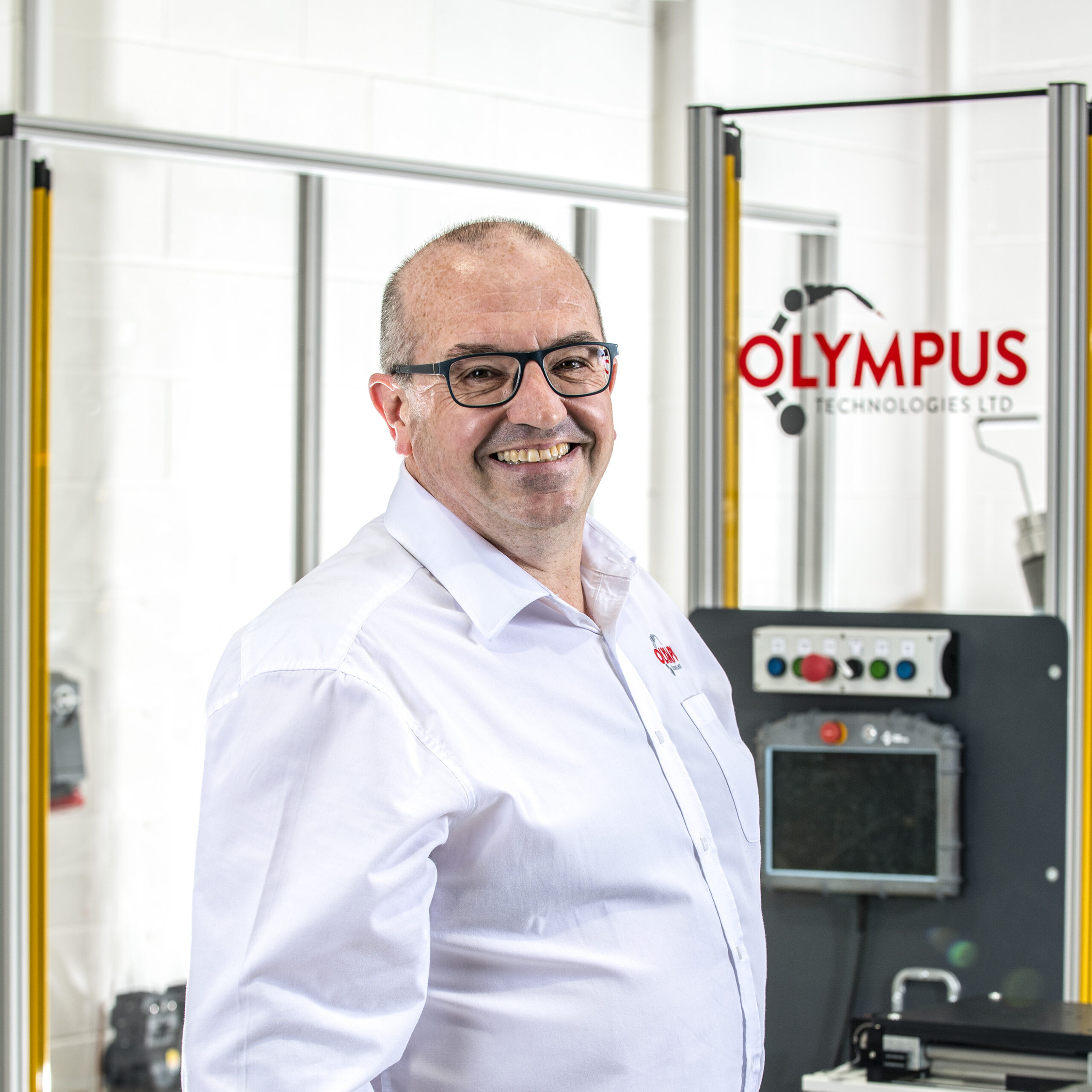Cobot vision means collaborative robots fitted with a vision system so the robot can see an object, find specific points, and act with higher accuracy.
You gain faster inspection, steadier operation, and better quality without rebuilding your whole line.
It suits brownfield applications because the kit is designed to bolt into existing systems, serve multiple workstations, and change program recipes quickly.
With the right technology and calibration process, you can run at high speed and still stay inside an acceptable range for every pick or check.
Vision Options That Fit the Job
Pick a vision tool on the basis of the application, the scene content, and the accuracy you need.
The aim is to determine the simplest, most user friendly option that meets iso and site requirements while staying accessible to your team.
Main types
- 2D smart cameras. Presence or absence, orientation, barcode or QR, label read, quantity checks
- 2.5D height-from-contrast. Simple pick-height adjustment to handle stack length variation
- 3D cameras or scanners. Bin picking, random pick, volumetric checks where depth matters
- Embedded camera in EOAT. Short working distance, tight features, slim components and shape detection
Task to vision fit
| Task | Best vision type | Typical lighting | Notes |
|---|---|---|---|
| Nest pick and orientation | 2D smart camera | Diffuse bright field | Fast setup, a user can run it with simplified tools |
| Label read and codes | 2D smart camera | Directed bright field | Verify print content, dates and lot values |
| Height correction | 2.5D contrast | Low-glare, diffuse | Corrects pick point for variable stacks |
| Random bin picking | 3D camera or scanner | Controlled ambient | Depth data aligns features, good when parts are compared against CAD |
| Tight clearances | Embedded EOAT camera | Ring light, polarised | Compact lens and instrument keep the picture clean |
These types avoid overkill, keep cost down, and still provide modern functions like feature location, simple defect testing, and code checks.
The Building Blocks That Make It Work
- Optics and lighting. Choose lens focal length, working distance, and depth of field. Pick bright field for matte parts, dark field for edges, polarised or IR for gloss and cracks. Stable response from the camera beats clever code.
- Processing. Onboard smart camera or external IPC. Balance latency against line speed and decide if you need laboratory classifiers or a simplified toolset.
- UR integration. URCaps, coordinate transforms, hand–eye calibration keep paths accurate and integrated with the machine.
- Comms and timing. I/O, Profinet or EtherNet IP, trigger timing, encoder sync. Deterministic control is crucial when parts move at high speed.
Calibration and Lighting, Where Accuracy Is Won
Treat calibration like any safety-critical process. It must be planned, performed, and recorded.
- Hand–eye calibration. Eye-in-hand or fixed camera. Use a certified grid and log the instrument, the date, and the measured values.
- TCP and transforms. Verify Tool Centre Point and camera-to-robot transforms at specific points. A quick dot-pattern testing routine often shows the difference between “works today” and “stays compliant”.
- Light first. Shield glare, add diffusion, and keep exposure in the camera linear response.
- Re-cal triggers. Re-run the calibration process after any adjustment to tool, camera, or fixture, or when increasing speed or changing operation modes.
High-Value Use Cases
- Case packing guidance and label check. Stabilise infeed, orient SKUs, verify print with Case Packing.
- Palletising and de-palletising. Detect patterns, recognise mixed SKUs with Palletising.
- Machine tending. Tray or bin pick, feature alignment, in-chuck presence with Machine Tending.
- Dispensing and sealing. Bead path follow, bead width inspection with Dispensing and Sealing.
- Welding and laser. Seam finding, joint tracking, pre or post-weld inspection with Welding and Laser Welding.
- Press brake tending. Edge detect, bend-line verify, orientation check with Press Brake Tending.
Example: a food packaging line uses 2D cameras to scan date codes on container labels, validate content, and eject non-conforming items safely, avoiding costly chargebacks.
Safety and Ergonomics With Vision
Use Speed and Separation Monitoring to keep clear distances. Maintain sightlines, tidy cables, and glare-free lighting so a user can work safely without strain.
Validate protective distances and stopping times after any change and keep technical records for iso and site compliance.
Vision often improves safety by reducing manual reach-ins while giving operators accessible, user friendly status views.
Implementation Roadmap You Can Trust
- Discover and trial. Sample parts, lighting tests, quick feasibility to establish an acceptable range and an error budget.
- Engineer and integrate. Design mounts, URCaps, triggers, and data links. Keep the HMI simplified so a trained user can run the cell.
- Validate and handover. GR and R studies, calibration certificates, operator training, SOPs. Agree owners and review cadence so the organisation can maintain performance.
Best Practices That Save Hours
- Build a golden sample kit covering colours, finishes, labels, and features.
- Control the scene with baffles, matte backgrounds, and constant illumination.
- Write robust recipes with tolerance windows, fail states, and fallback logic.
- Version control tools, keep a light and camera settings log with values and terms defined.
- Plan maintenance for lens clean, light degradation checks, and re-cal intervals.
These steps reduce effort, avoid scope creep, and keep the operation steady.
KPIs, Cost, and ROI
Measure what matters so you can prove value to your organisation.
- Track. Pick success percentage, false rejects percentage, cycle time, OEE, rework rate.
- Cost buckets. Components such as camera, lens, lighting, mounts, IPC, integration, testing, training.
- ROI levers. Labour saved, scrap avoided, speed gain, fewer returns. Even small gains make a significant difference on high speed lines.
KPI mini-table
| Metric | Baseline | Target | Owner | Review |
|---|---|---|---|---|
| Pick success | 92 percent | 98 percent | Cell lead | Weekly |
| False rejects | 5 percent | Under 1 percent | Quality | Weekly |
| Cycle time | 4.5 s | 3.5 s | Engineering | Biweekly |
| Rework rate | 3 percent | Under 1 percent | Quality | Monthly |
Industry Snapshots, Quickly
- Food and drink. Date and lot inspection, seal or label presence, allergen colour checks on bottles and trays.
- Lab and medical. Vial orientation, cap presence, code traceability in a light-controlled laboratory cell.
- General manufacturing. Feature location, tolerance checks, defect classification for scratches and cracks.
Quick Spec Checklist
Copy and paste into your brief.
- Tasks and success criteria, part types by size, colour, finish, reflectivity
- Required accuracy in mm and degrees, working distance, field of view, cycle time
- Camera type, lens, lighting style, mount, enclosure or IP rating
- Calibration process, re-cal interval, data outputs to WMS, ERP, or MES
- Safety concept, user training plan, maintenance cadence
Optional Tables You Can Add
- 2D vs 3D vs Embedded Vision. Capability, speed, cost, setup time, best for
- Failure Modes and Fixes. Symptom, likely cause, quick check, permanent countermeasure
Plan Your Cobot Vision Project
Book a feasibility test, lighting study, and ROI estimate with our integration team.
We will help you pick the right technology, configure tools, and prove accuracy against your requirements.














